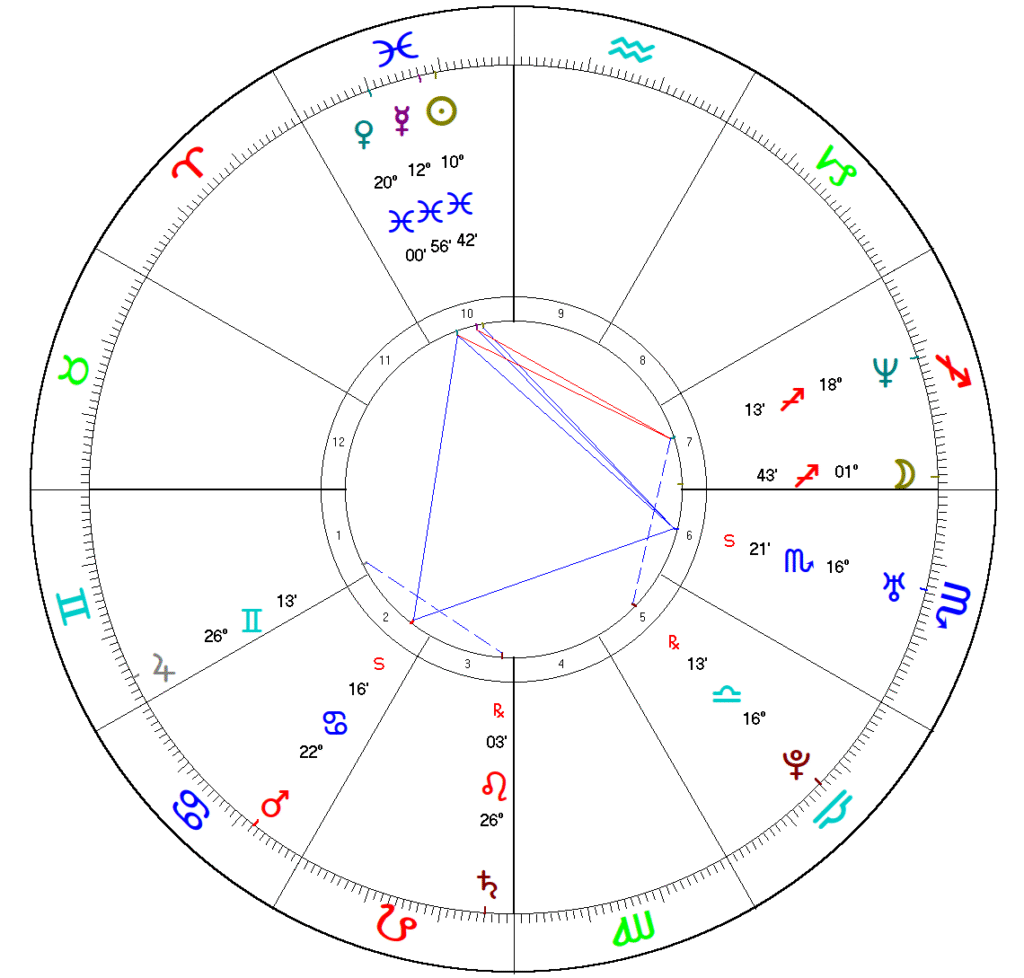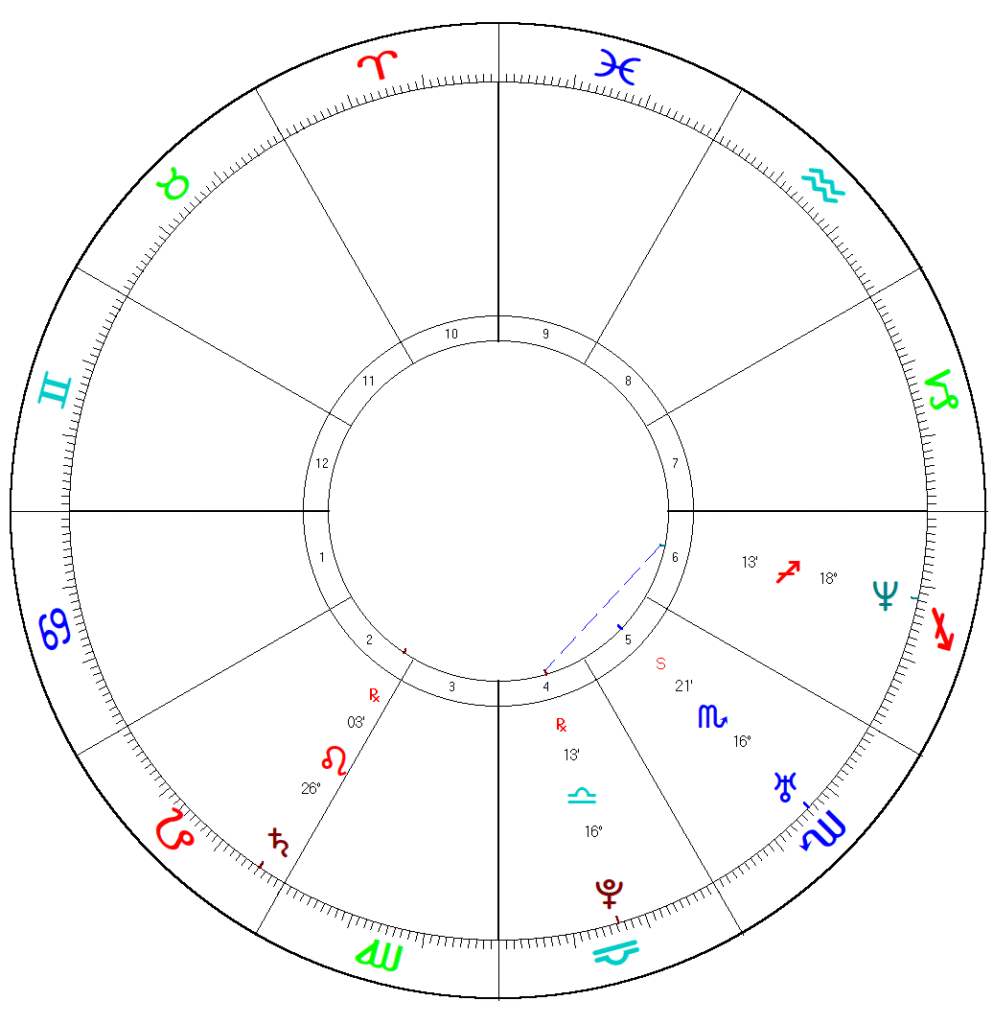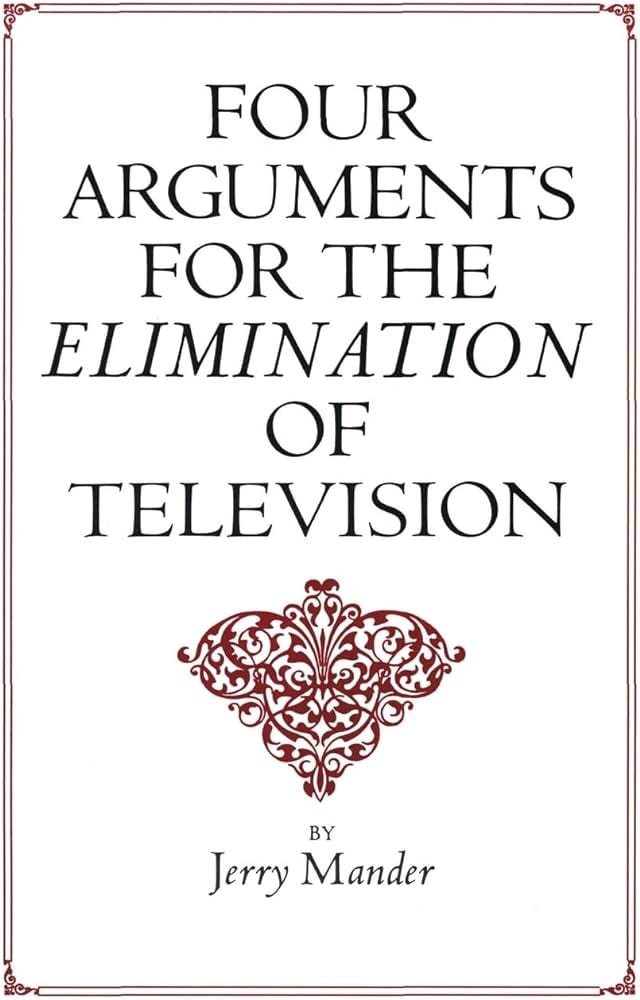A Surprising Result of the Proliferation of the Virtual
In the 1978 hippie classic “Four Arguments For The Elimination of Television,” former advertising exec Jerry Mander makes a case against the medium of television as being inherently harmful rather than the typical argument against the content of the medium, which has been widely derided as long as it has existed. His core argument is rather insightful and claims that because television (like other moving picture mediums) is two-dimensional, it inherently distorts perception of reality by depicting something that appears to be real in a fundamentally false way. He contends that as people take in quantity of these distorted presentations of things which appear real those perceptions crowd out the ones they observe in real life which are actually real and alters how viewers interpret and perceive the world. As the title implies his solution is to end the medium entirely because it is so deeply harmful in a fundamental way that it cannot be mitigated by trying different forms of content. Having been written in 1978 this was prior to many “innovations” that occurred in the medium over ensuing decades which experimented with different approaches to content that may have been considered possible solutions to this problem short of his argument for elimination. Reality TV, Youtube, Tiktok shorts, home video, streaming, etc, all came long after this book was published and each has done little to dispute his core argument. In fact most people today would consider those “advances” in two-dimensional video to be responsible for a net decline in society beyond that which occurred in the earlier television era Mander was immersed in. Let’s take a quick look at that era by reviewing the chart for when the book was originally published on March 1, 1978:

This chart shows all planets on that day but because we’re interested in the era let’s try refining our chart by focusing on just the planets that take a long time to change. These are often called the “generational planets” because they will stay in a sign for many years at a time and all charts (such as the birth charts of people) during that time will contain that same placement, giving them all something in common which separates them from charts from other eras.

Here we have included just Saturn (2.5 years per sign), Pluto (10-20 years per sign), Uranus (7 years per sign), and Neptune (14 years per sign). These planets move independently and don’t change signs at the same time but it’s common for them to spend five-ten years overlapping in their same signs (excluding Saturn). This creates a generation in which all people and things from that time share this common backdrop – the things defined by Neptune, Uranus, and Pluto interacting with the same signs will stay the same for the duration of that era. This is how we get the distinctive character of a time or a generation of people (much more on that coming soon). In the case of Mander’s book we are looking at the 1970’s – a distinctive era that becomes ever more unique in retrospect as we move beyond it.
What we are doing when we look at this chart is exploring the context in which the book arose. We want to understand the way life was being experienced and to see what insights we can draw from that to help us better understand the underlying elements that went into the formation. In this case we see that Pluto is in Libra, Uranus is in Scorpio, and Neptune is in Sagittarius. What about those elemental interactions would have produced such a thing as the Mander’s book? This arrangement persisted from the beginning of 1975 through the end of 1981 so most likely the entire creation, writing, publication, and review/reading period for this book occurred under the same configuration of planets. It is what we might call a complete product of its time. I’ll explore this era in depth in a coming series but for now let’s quickly describe the effects of the three planets in question:
Pluto in Libra will be concerned very extremely with the appearance of justice, fairness, what is right, and receiving ideas of value.
Uranus in Scorpio will be characterized by a deep and disruptive stirring of the currents
Neptune in Sagittarius will shroud the purpose of things in a fog and be concerned with adventurous, creative, and often misguided inventions.
The three of these together at the same time are quite the punch bowl! Let’s apply them to the topics of the book we have discussed. Television and the structure of the medium being seen as distorting what is created has much do with Neptune in Sagittarius. The idea to judge the medium and the suggestion of a complete solution – elimination, has the air of Pluto in Libra all over it. The in depth investigation and assault on the institution of television via a unique and distinctive argument is Uranus acting in Scorpio. What this helps us to know is the world in which Mander was working when he devised and produced these arguments. He was present during a moment in which Neptune was dissolving the previous sense of wonder and excitement around the technology of television. He was in an era where Pluto was asking to evaluate the value of the ideas behind how things were presented. He was in a time when Uranus was disrupting the deeply embedded currents of the world which otherwise would remain fixed and persistent. So what does this do for us today?
The present era is rather different from 1978, but has some interesting parallel themes. The calendar right now has Pluto in Aquarius, Neptune in Pisces, and Uranus in Taurus. Aquarius, like Libra, is of the air triplicity. That means that Pluto is again acting upon ideas for the first time in about 40 years. Uranus is in the opposite sign from Scorpio, which is Taurus. These two share what is called an axis (explored more later) but can be best thought of as “two sides of the same coin.” Uranus mixed with Scorpio in 1978 and has been working on the sort of mirror of that in recent years. Neptune is in Pisces, the sign under the rulership of Jupiter other than Sagittarius. The calendar and the system work together to show us that there is a thematically consistent feature of our present time and the time that produced Mander’s book. Both have focus on the air triplicity, Jupiter, and the Scorpio/Taurus axis. When we see things like this it alerts us that similar ideas, themes, activities, formations, and events will occur. This is an example of two eras which will be able to have a conversation with each other, because they are speaking on similar topics but seeing different dimensions of each of them.
With that in mind it should not surprise us that Mander’s core argument about the reality distorting nature of flat moving images is suddenly very relevant again. We live in an emerging era of both Artificial Intelligence and Virtual Reality. These are clearly carried in with Pluto in Aquarius and both are subject to consternation and criticism on the theory that they will distort our ability to tell us what is real and what is not. While these are rhetorically interesting arguments that seemed obvious prior, the reality of actually living in this time seems to be revealing that the opposite is actually true and again, this is where the generational planetary positions can aid us in understanding what is happening.
Aquarius is the sign which tracks with the lowest brightness for the Sun. The Sun has many positive attributes but its core negative one is that, as a giant bright ball of fire, it has a tendency to block out, absorb, and overshadow all that is near it. This means that when we enter the time of Aquarius, the low power of the Sun inhibits its ability to block out other things. Imagine the Sun in the sky dims and now you can see many things which were always there but which were hidden by the Suns power. That is at the root of the function of Aquarius – its task is to see that which is otherwise hidden in other signs and, as a Saturn-ruled air sign, to establish their parameters and help define the new rules based upon that new information. When we introduce the Pluto element into Aquarius this effect is greatly magnified and taken to its full extent. As such Pluto in Aquarius is a time in which to expect very big new ideas to actually take shape and alter the nature of the world around us. AI and VR are both manifestations of huge new ideas becoming real, and both are the product of virtual information. Both actually allow for the creation of new reality via information. But there is more.
We must consider that the calendar is often much more literal than we expect when working with the somewhat foreign and elemental language that we have been provided with. To address this we always focus on the core, base-level concepts whenever possible. Pluto is extreme, and Aquarius is showing us something new. This means we should be able to see something very big and clear and likely unexpected. What is the big new information here that can alter the substantial reality? It’s not the technologies – those are secondary effects and probably tools through which we can identify the elemental theme at play. So what is the effect, really, of VR and AI, and what does that have to do with Jerry Mander?
A readily noticeable feature of using a VR headset is to become immersed in a created world. It is not flat, as with television, and is three dimensions and carries information about depth. There are things behind us when we are in VR. We can tell how far away things are. When we see people represented in VR we experience them with depth in a way that is clearly distinct from watching a two-dimensional video. They seem more real because they are being depicted in a more real fashion. The argument Mander makes actually breaks down here – the format is not flat at all and as such it does not train us falsely when compared to our normal real life world outside. But the VR spaces are created by information technology and cannot quite reach the graphical resolution and complexity of life on Earth. Inside the VR world it may look nice and be comfortable and even represent recorded things accurately, but it is clearly not real – it is not a virtual representation of our reality it is its own reality. VR turns out to be a real place, like a new restaurant or a beautiful park. The fact that it is constructed from digital trickery does not end up negating this. Further, its inability to fully reproduce the outside world gives it a distinct character which marks it always in our mind as unreal. You can measure this effect instantly after spending an hour or two within a VR world and then taking the device off and going outside. The clouds, the trees, the lights, the buildings, all will sparkle and shine. The glory and beauty of the highest resolution magical world in which we live is visible in a way we may have taken for granted before, because it always just was. Now that we have a virtual world with which to compare it directly with, the comparison renders the differences between them entirely obvious. Whereas the 2D images we experience through a television screen or phone are present in the real world and present images there, the virtual world stands apart. Our ability to discern the difference is almost innate and this is where Pluto in Aquarius is taking its bow. The virtual world is the new information which helps us formulate a new understanding of the world. Many expected the virtual world to take over for the world but instead it has showed us what the world looks like when it has less light from the Sun filling it in. By contrast, we then notice the parts of our world which were invisible to us before. We see the new information by noticing what is missing from the new virtual world, rather than the new virtual world being the new information itself.
A similar effect is revealed through AI image generation. Over the past year the public has first become familiar with these images and the novelty and excitement period has begun to wane. As such we can see it for what it is without that shiny new brightness distorting our perception. The key thing to notice is the immediate recognizability of AI generated imagery. It may be tremendously well done, pleasant to look at, and powerful in communicating ideas. It is a nearly magical, revolutionary visual technology but is also virtual and artificial. The distinct marker of AI imagery is not a particular art style it defaults to (although that is common) but rather, as with VR, what images generated via AI lack.

The Uncanny Valley is a term for when humanoid representations are just a little too close to real. Exaggerated and distorted humanoid forms are accepted by us without issue but when they near a certain resemblance to real people we have an almost instinctual negative reaction – we know they are imposters and our body alerts us! What is happening is that the humanoid has moved from an obvious representation into the category of actually human, at which point our mind evaluates it differently. We look for distinctive human characteristics – body language, eye movements, things like that. The false humanoid fails these tests because these are traits which are inherent to actual humans who are driven by a human mind and body. When the humanoid reaches a visual design of a high enough level it is suddenly judged by other humans by a human standard which it cannot hope to meet as it is lacking the mind, nervous system, and life force which generates those subtle cues of body language, eye movements, and natural motions. A humanoid which seeks to defy the uncanny valley will have to mimic the way a human creates itself in space because our eyes are incredibly attuned to what to expect from them. And the same turns out to be true about visual images.
Up until this present era, all representative images were created by people. When a person creates an image the person includes humanoid expressions in the work itself, as it has no way to do otherwise. The image of the creator is imprinted onto the creation. This takes the form of things like brushstrokes in a painting, design and color choices, or the emotional consistency of a group image. There are certain very subtle things we would not represent falsely by accident because we are representing reality and reality is defined by how we experience it. Even artists who attempted to subvert this – surrealists and others – could never fully escape the inclusion of human experience in their creations. We recognize these traits but until recently we have never been entirely aware of that fact. It is only the option of viewing representative images not created by a human that has illustrated these details to us. When you see an AI image there is always something just a little bit off. You can’t quite put your finger on it just yet, but you know it is there. In my posts you have seen a mix of real images and AI generated images and anyone accustomed to viewing AI images will be able to pick out each and every single one without and difficulty, despite some being quite wonderful artistic productions. In this case the new information brought to us by Pluto in Aquarius is the removal of the sunlight – the human element. You never knew it was there until it was gone, and now you know it when you see it.
Jerry Mander wrote in the Four Arguments for the Elimination of Television that the 2D mediums distorted our expectations and perceptions of what was real. This was because the flat format had the ability to deceive and it turns out that this was because it could present itself within our normal world and escape the uncanny valley because it was created by humans. AI imagery and VR both fail these tests and will continue to do so for much longer than the tech executives will ever want you to realize. They actually improve our ability to distinguish what is artificial and manipulated and reduce the ability for it to distort. They accomplish this by being distinctly false. The result of being given something properly false is that we now have the ability to compare it to that which is actually real. These virtual technologies have given us for the first time the ability to really see the reality of that which has always existed. That is the message of Pluto in Aquarius and it will present itself in every context if you look for it for it over the next twenty years.


Leave a Reply